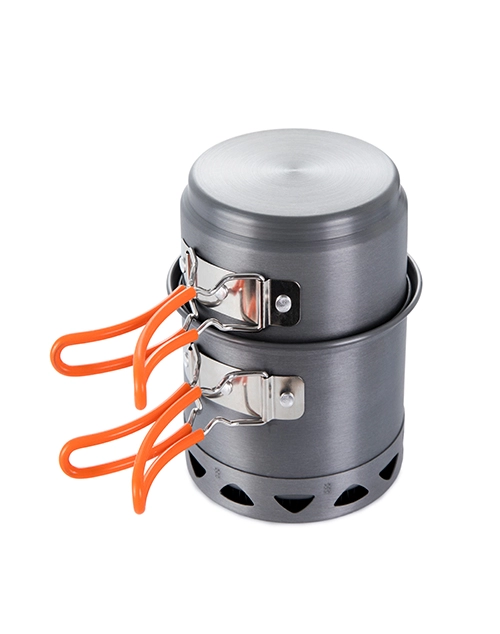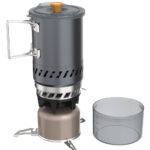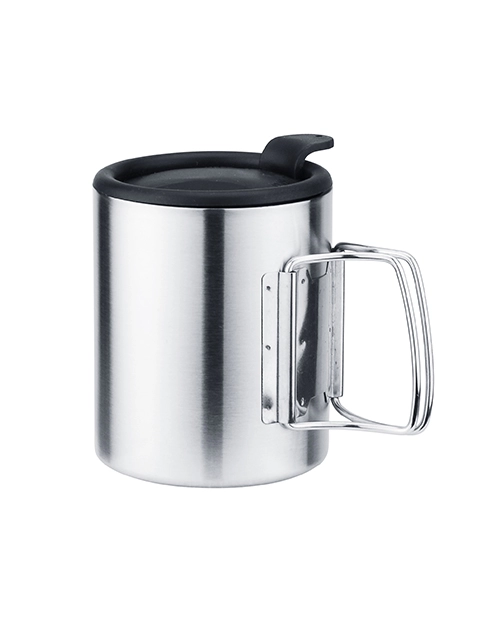 While both original equipment manufacturers (OEMs) and original design manufacturers (ODMs) are crucial in assisting businesses in launching new goods, there are some important differences between the two in terms of product development, manufacturing, and branding.
While both original equipment manufacturers (OEMs) and original design manufacturers (ODMs) are crucial in assisting businesses in launching new goods, there are some important differences between the two in terms of product development, manufacturing, and branding.
This article will give you a basic overview of OEMs and ODMs, their advantages and differences, so let’s dive in.
What is ODM?
An original design manufacturer, or ODM, is a business that creates its own items before producing them for another business, usually a retailer or brand. ODMs manage every step of the process internally, including design, engineering, production, and research and development (R&D).
One use case is private labeling, often known as white labeling, in which an original manufacturing manufacturer (OMM) manufactures its goods and then licenses those goods to another business to manage sales and branding.
How Does ODM Work in the Data Center Industry?
Original design manufacturers (ODMs) work in the data center business to create, test, and make hardware and systems for data centers. This includes servers, networking gear, storage devices, and other infrastructure items. They often work with original equipment manufacturers (OEMs) in the data center to sell and brand the finished goods.
In the data center sector, ODMs include companies like Inventec, Quanta Computer, Wiwynn, and Foxconn Technology Group.
What Is OEM?
An original equipment manufacturer, or OEM, is a business that manufactures and assembles goods or parts to be used in the final product of another business.
OEMs are experts in managing supply chains and large-scale manufacturing, which enables lower prices and bigger volumes. Additionally, OEMs are able to produce goods in accordance with the precise requirements specified by their clients, who subsequently market the finished goods to end users.
How Does OEM Work in the Data Center Industry?
OEMs are original equipment makers (OEMs) in the data center business. They design, make, and sell hardware parts, systems, or infrastructure for data centers under their own brand name.
In the data center business, Dell Technologies, Apple, Hewlett-Packard, Cisco, and IBM are all OEMs.
What’s the Difference Between ODM and OEM?
If you’re not familiar with them, these two terms are easy to mix up. But knowing the main differences between them is important for any hardware plan. The table below tells you what you need to know to choose between OEM and ODM.
Advantages of Working With OEMs and ODMs
Working with Original Equipment Manufacturers (OEMs) and Original Design Manufacturers (ODMs) offers distinct advantages depending on your business needs. OEMs provide the flexibility of creating custom parts tailored to specific requirements, while ODMs can significantly reduce time to market by supplying pre-designed and tested products. Choosing between OEM and ODM depends on factors such as in-house capabilities, budget constraints, and strategic goals, each path offering unique benefits to enhance operational efficiency and product development.
1. Greater customization
ODMs can change current designs to fit the needs of a client, while OEMs can make a part or product from scratch to fit the needs of a client. Giving customers this much freedom and customization can help businesses meet the wants of their customers.
2. More Products Availability
Businesses that don’t have their own production facilities can use an ODM or OEM’s manufacturing capacity and supply chains to make sure they have more products available.
3. Shorter Product Development Cycles
Because they focus on designing and developing products, ODMs can help clients speed up the product development cycle. This makes it possible to bring a new product to market much more quickly.
4. Top quality products
Both OEMs and ODMs have a lot of experience in their own fields, such as designing and developing products for OEMs and making things for OEMs. In addition, they have well-established testing, quality assurance, and quality control methods that make sure customers get the best products possible.
5. Higher Customer Satisfaction
Working with an ODM or OEM can make clients happier because they can get unique design, product security, IP protection, good communication, on-time delivery, and high-quality products.
6. Improved Brand Recognition
Clients who work with trustworthy ODMs and OEMs can boost their brand recognition and trustworthiness by choosing manufacturing partners who are well-known in the industry.
7. Low Prices
OEMs and ODMs have a lot of specialized knowledge and have perfected the manufacturing process. This lets companies save money by better allocating resources, lower production costs, and buying in bulk, compared to making their own goods.
How to Choose an ODM or OEM Partner?
Experience and knowledge: Is it possible for the manufacturing partner to furnish instances of accomplished projects, favourable testimonials, and industry certifications that attest to their proficiency?
Capabilities: Does the OEM or ODM have the capacity to match your unique needs, including bandwidth, scalability, and customisation options?
Quality: Can they meet your company’s requirements for quality through a consistent and dependable track record of product quality, adherence to industry standards, and a well-documented quality control process?
Cost: Does the pricing structure and cost offer you a competitive price without sacrificing your essential requirements?
Supply chain management: In order to guarantee on-time delivery and prevent interruptions, does the OEM or ODM have a robust, well-managed supply chain, solid connections with suppliers, and successful procurement tactics?
Location and logistics: Is the OEM or ODM situated in a region that meets the requirements of your business in terms of distribution centers, shipping prices and timeframes, and proximity to key markets?
Protection of intellectual property: Is the manufacturing partner able to guarantee the security of your confidential data using procedures like strict information security policies and confidentiality agreements?
Financial stability: Can the ODM or EDM manage long-term collaborations and have a solid track record of financial performance? This can shed light on how they have handled their finances as well as potential investments in quality and innovation.
Reviews and references: Are they able to provide references and client endorsements from previous customers on projects comparable to yours? Do they possess information that sheds light on their general standing, dependability, and client satisfaction?
It is clear that OEMs and ODMs do not do the same things. OEMs can make designed goods, but they don’t usually have the design skills to make them. ODMs can design products for their customers and usually also know how to make them, but some ODMs only do the design part.
When other companies need help with design or production, OEMs and ODMs are there to help. They are an important part of the product supply chain for companies that make products.









